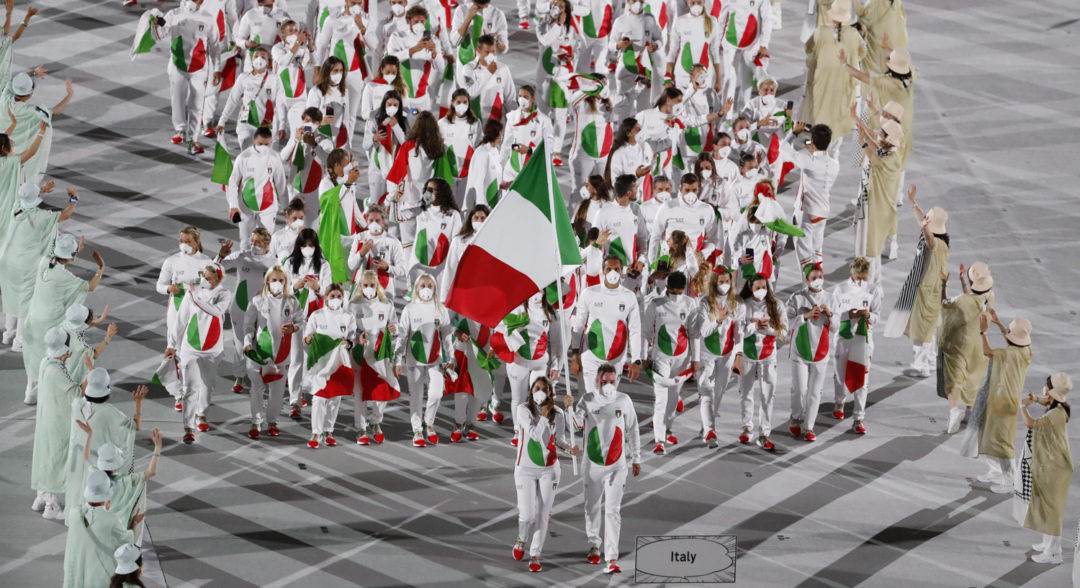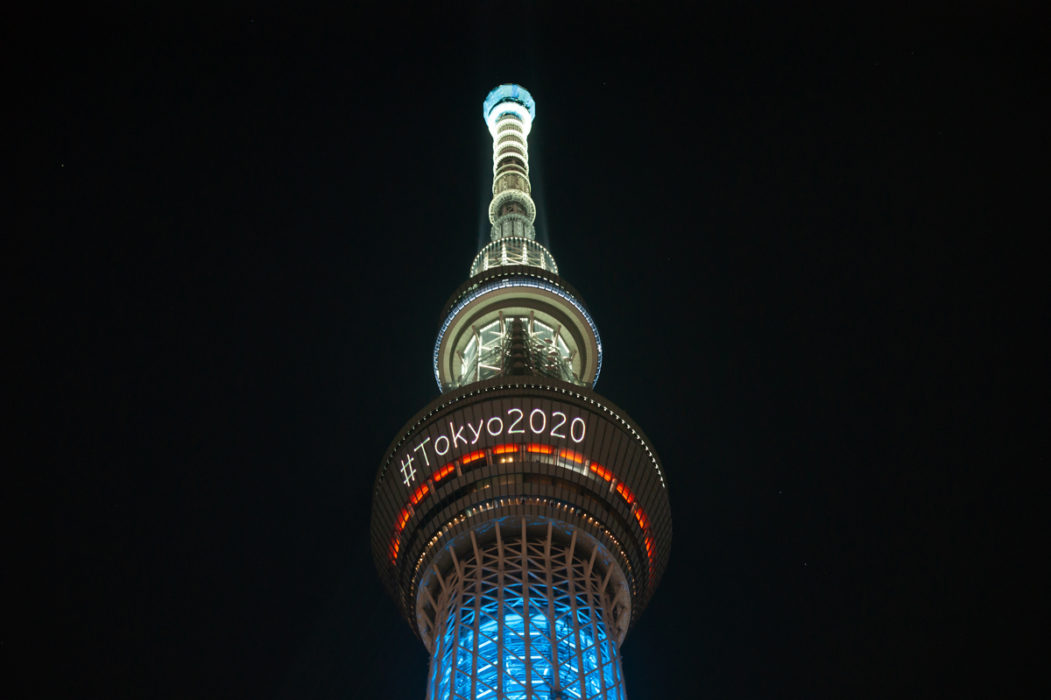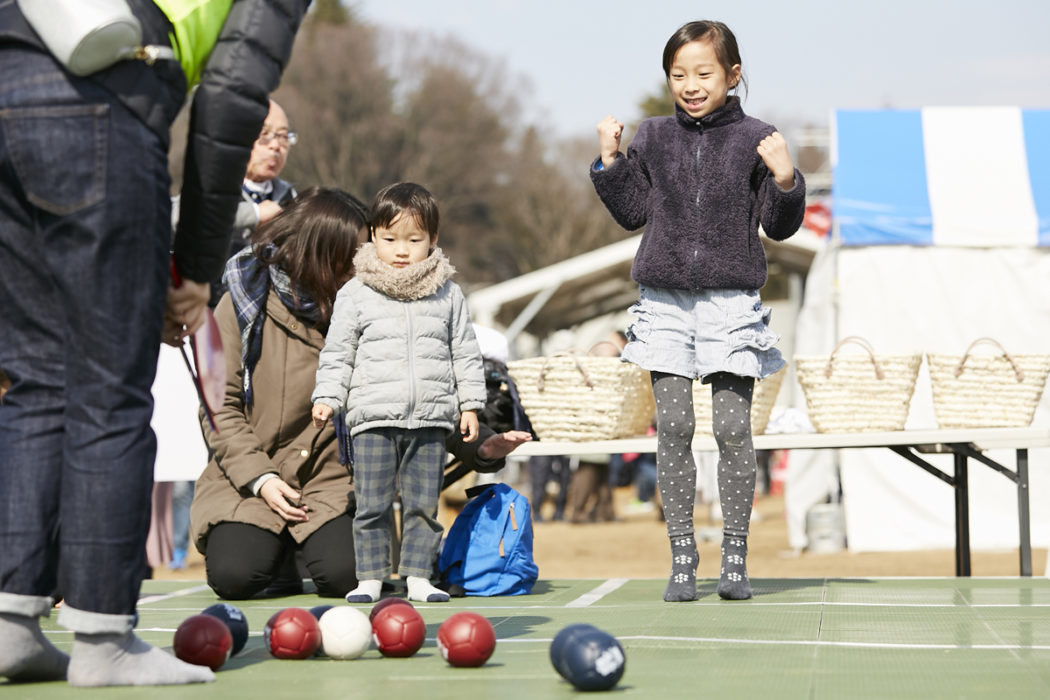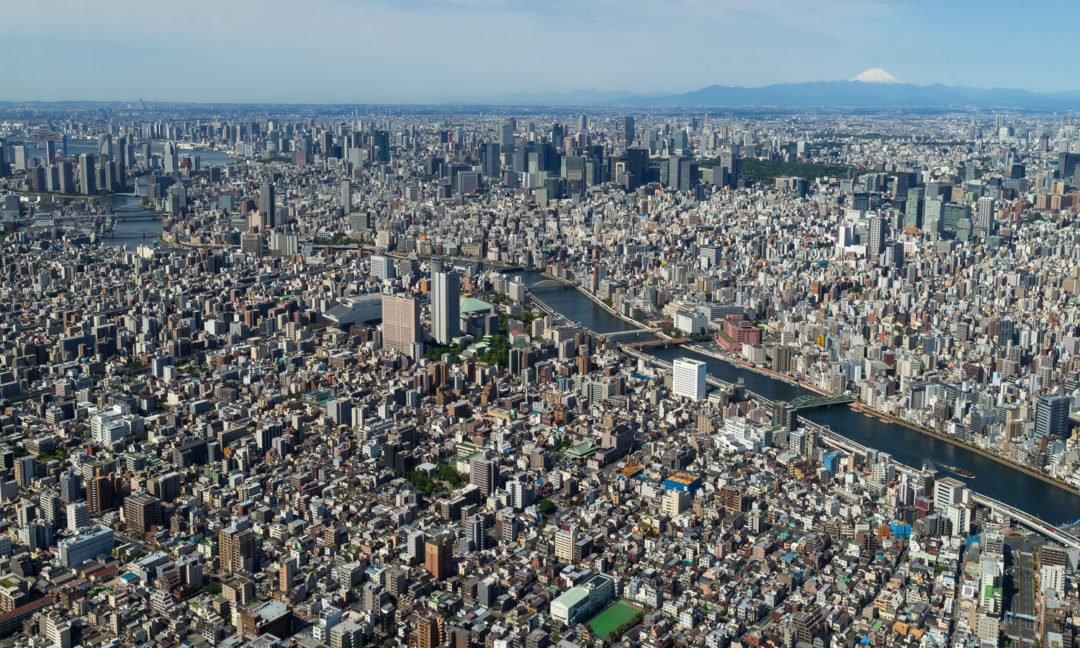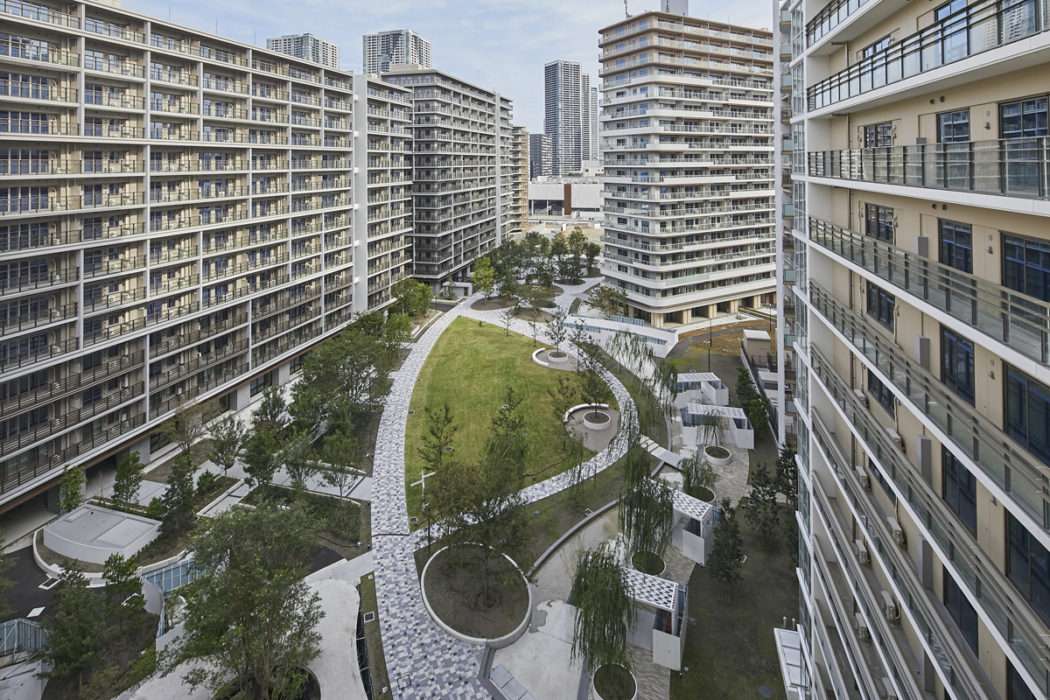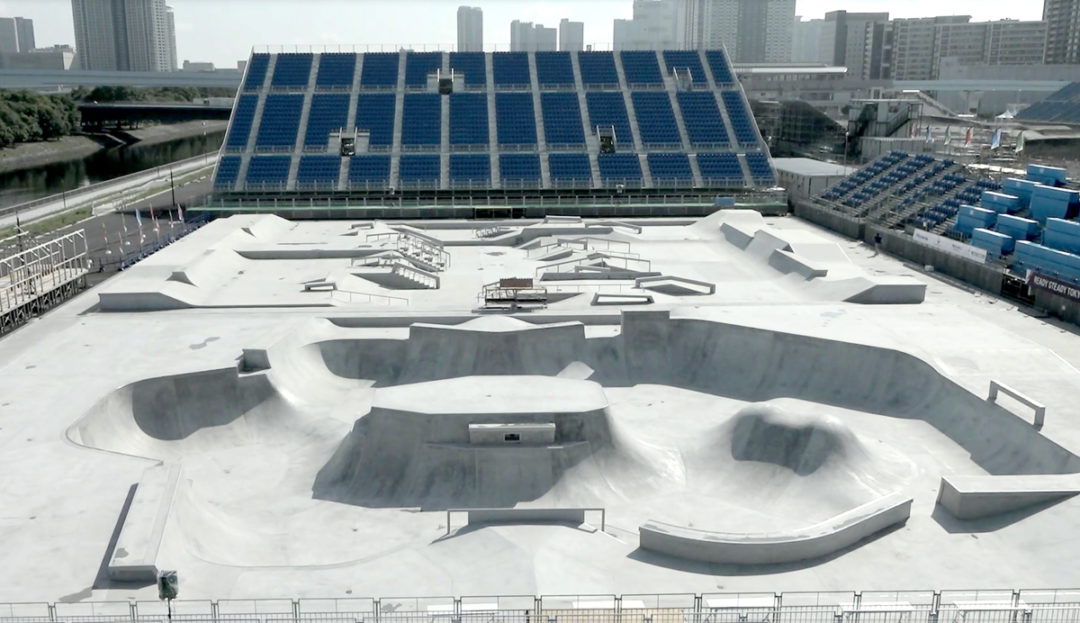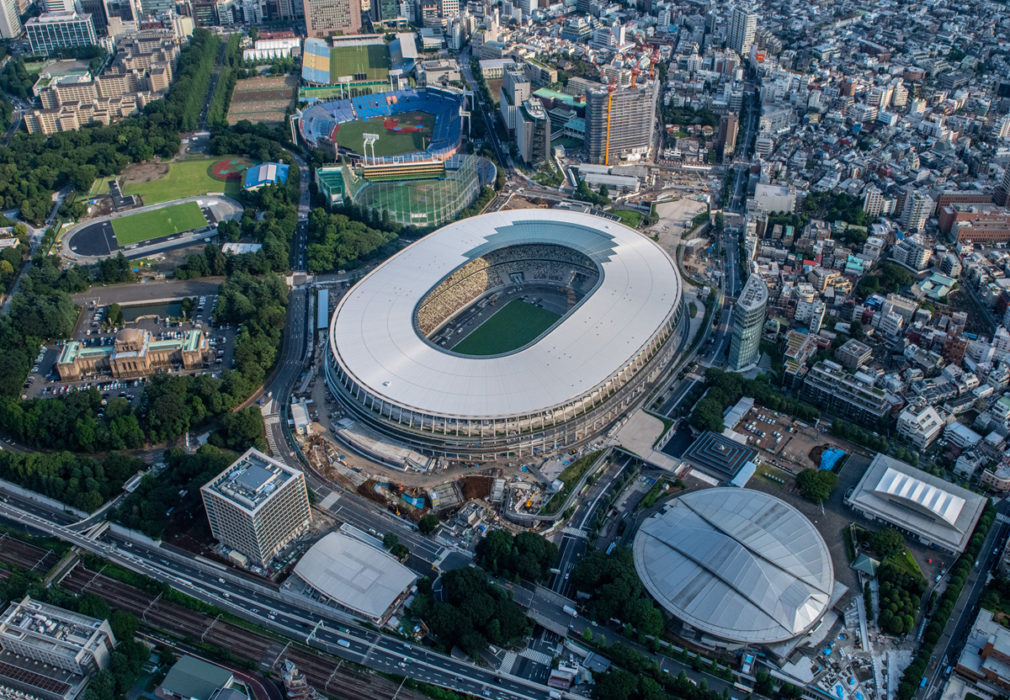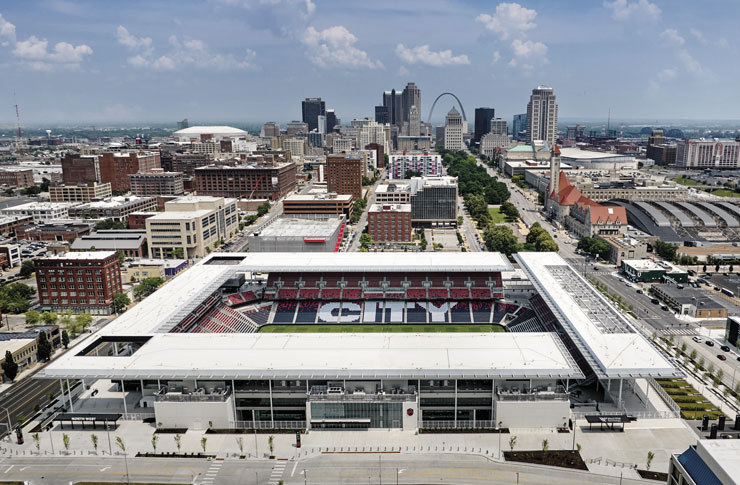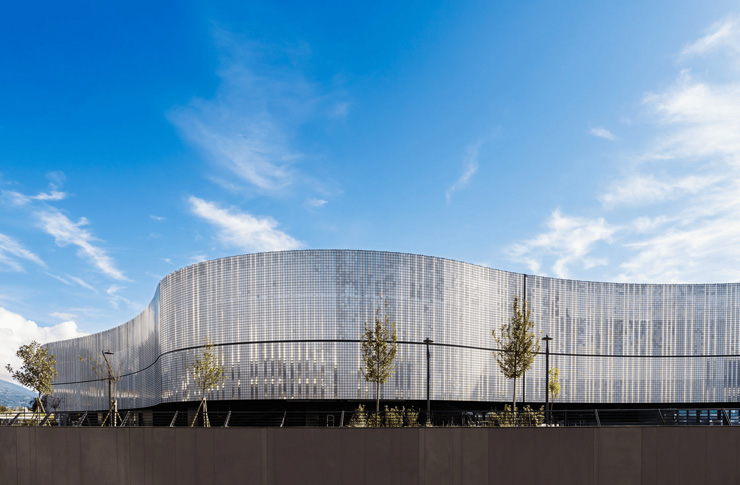Tokyo 2020 was an Olympics unfortunate in that the programming was postponed for a year and the expected spectators were excluded almost entirely because of the global pandemic, but they were successful in terms of sporting results, especially for the Italians.
Special Tokyo 2020: New, old, temporary facilities
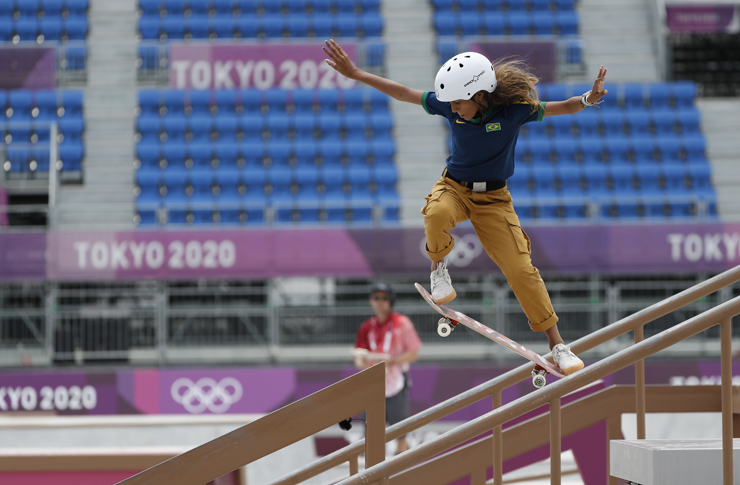
13-year-old Larissa Leal from Brazil, the youngest Olympic medallist, silver in street skateboarding on 26 July (ph. A.Ricardo/Shutterstock).
In this context, over forty sports venues, in the capital and beyond, were involved in the great event, and the creation of (a few) new facilities, the renovation of old ones (often dating back to Tokyo 1964), and the promotion of new sports at their Olympic debut, now leave a legacy that deserves to be recognised.
In the pages of the Special Report we review the venues for Tokyo 2020: go to the index of the venues (in Italian only).
Tokyo today, 2021
Almost 14 million inhabitants in the city proper, but around 40 in the immense urban agglomeration that seamlessly spreads over the neighbouring prefectures of Chiba, Kanagawa and Saitama.
Tokyo is one of the largest megalopolises in the world, and its mix of modernity and tradition is well known. Japan took the opportunity of the 32nd Olympiad to consolidate the country’s sports system by trying to minimise consumption and reduce the construction of new facilities as much as possible, and instead to improve the efficiency of existing ones, which often date back to the 18th Olympiad (Tokyo 1964).
Moreover, thanks to Japan’s highly efficient transport system, most of the venues are easy to reach from the Olympic Village, being grouped in two main clusters, one on Tokyo Bay and the other in the so-called “Heritage Zone” – the central area that preserves many of the legacies left by the previous Games.
In addition to the permanent venues, a number of temporary sites were set up in open locations to be dismantled at a later date; the materials for these temporary structures were, where possible, rented or leased, with a view to reducing the overall costs of the Olympics. This saving was cancelled out by the need to extend the rentals by more than a year.
The official cost is $15.6 billion (double the $7.3 billion budgeted at the time of the bid); the IOC is contributing $1.5 billion, while $6.7 billion comes from sponsors and the rest is invested by the government. However, it is easy to believe that, when all is said and done, given the one-year delay and the organisational difficulties due to health prevention and, finally, the lack of income from entrance tickets and merchandising, the final costs will be much higher.

